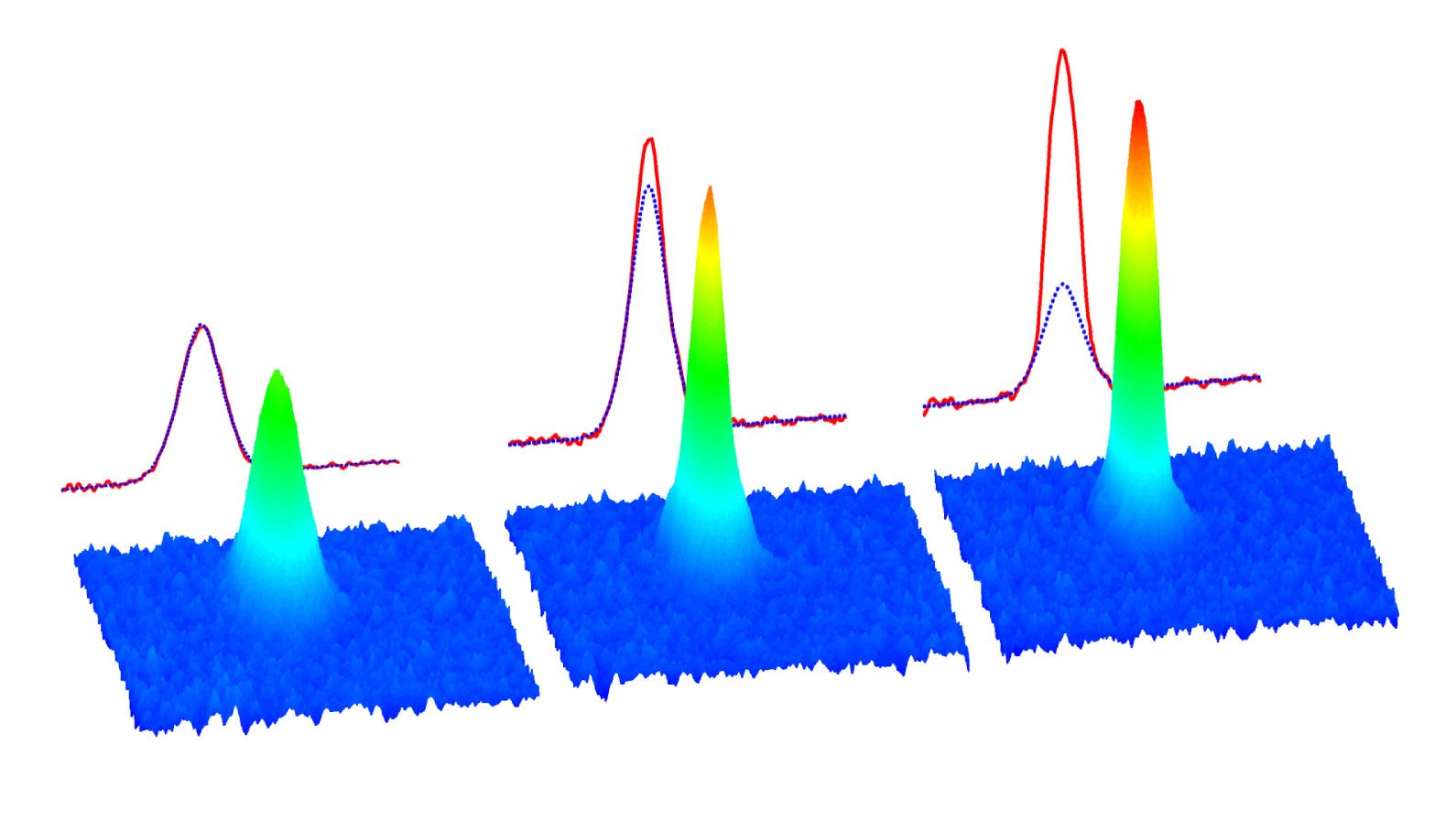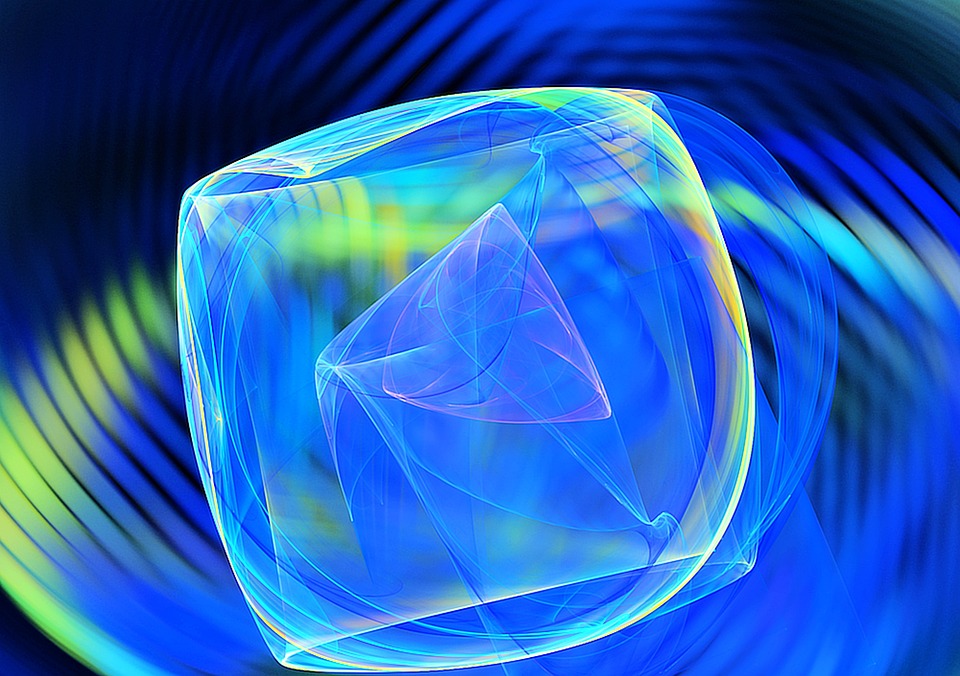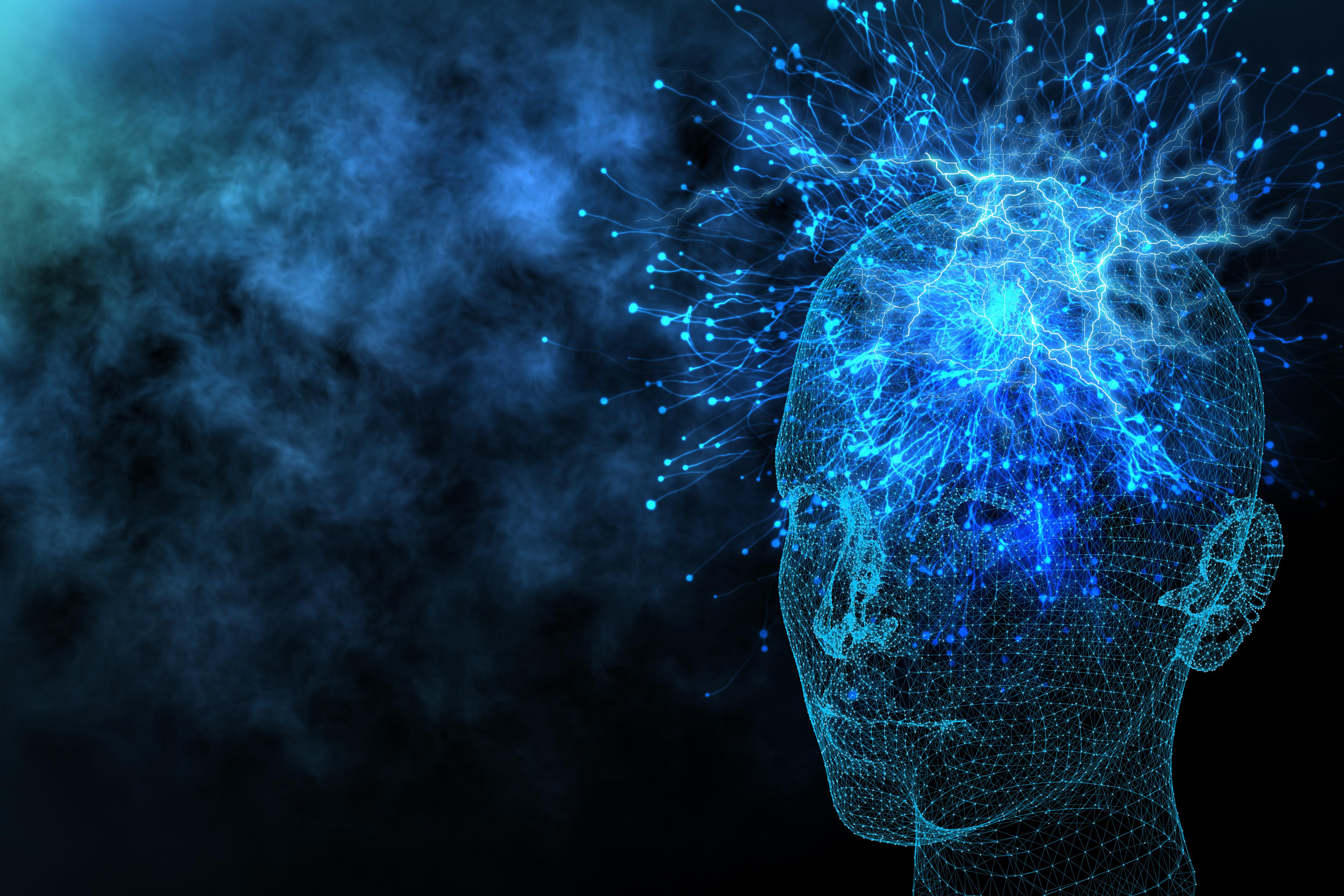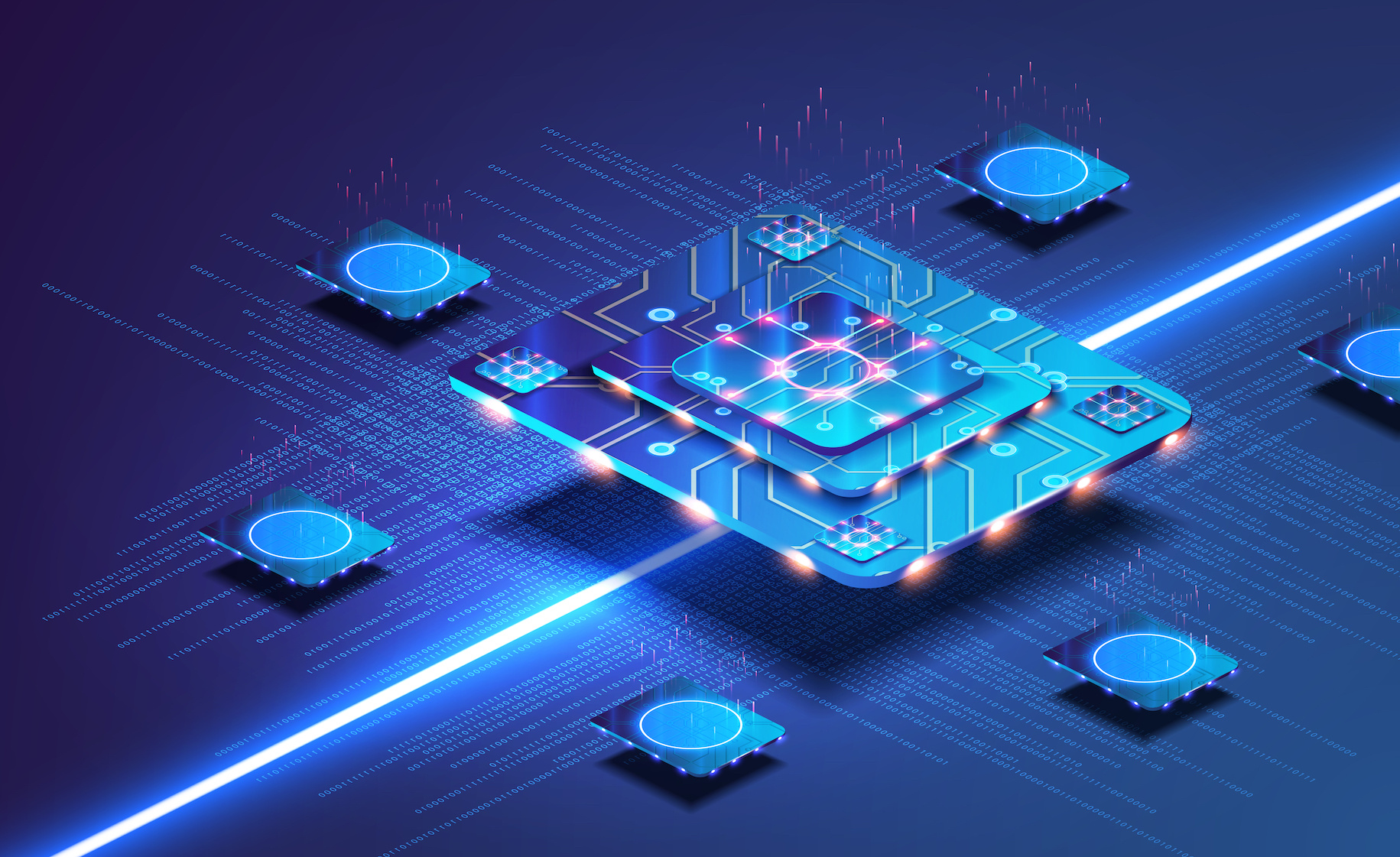Physicists find new state of matter that can supercharge technology
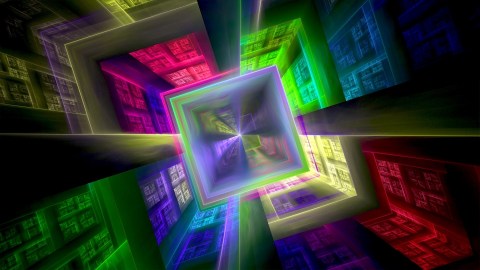
Pixabay
- Researchers find a new state of matter called “topological superconductivity”.
- The state can lead to important advancements in quantum computing.
- Utilizing special particles that emerge during this state can lead to error-free data storage and blazing calculation speed.
A group of physicists has discovered a new state of matter that can lead to significant advancements in quantum computing and device storage. The state is called topological superconductivity and can be utilized to tremendously speed up calculations.
The scientists focused their research on quantum bits (qubits), used to process values in quantum computing. Rather than using 1s and 0s, they use properties that can be found in a quantum system, like electron spin or a photon’s polarization. This approach is the promise of this type of computing, significantly increasing the volume and speed of processing data.

Credit: New York University.
Specifically, the physicists looked to devise a way to employ Majorana particles or fermions, which are their own antiparticles and can possibly store quantum information in protected computation spaces, away from environment noise that leads to errors.
The new state discovered by the researchers could be used to make appear such error-free and stable particles, which don’t have natural hosts, and use them for computation.
The team that included Javad Shabani from New York University and members of his Shabani Lab, Igor Zutic from the University of Buffalo, and Alex Matos-Abiague of Wayne State University, looked and measured the transition between a regular quantum state to the new topological state. The scientists are hopeful their find will lead to major advancements.
“The new discovery of topological superconductivity in a two-dimensional platform paves the way for building scalable topological qubits to not only store quantum information, but also to manipulate the quantum states that are free of error,” explained Shabani.
You can read their paper “Phase signature of topological transition in Josephson Junctions”here.
